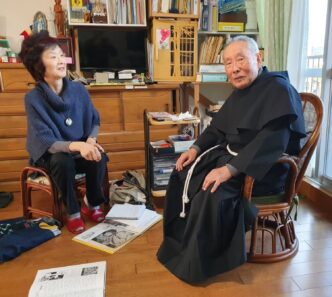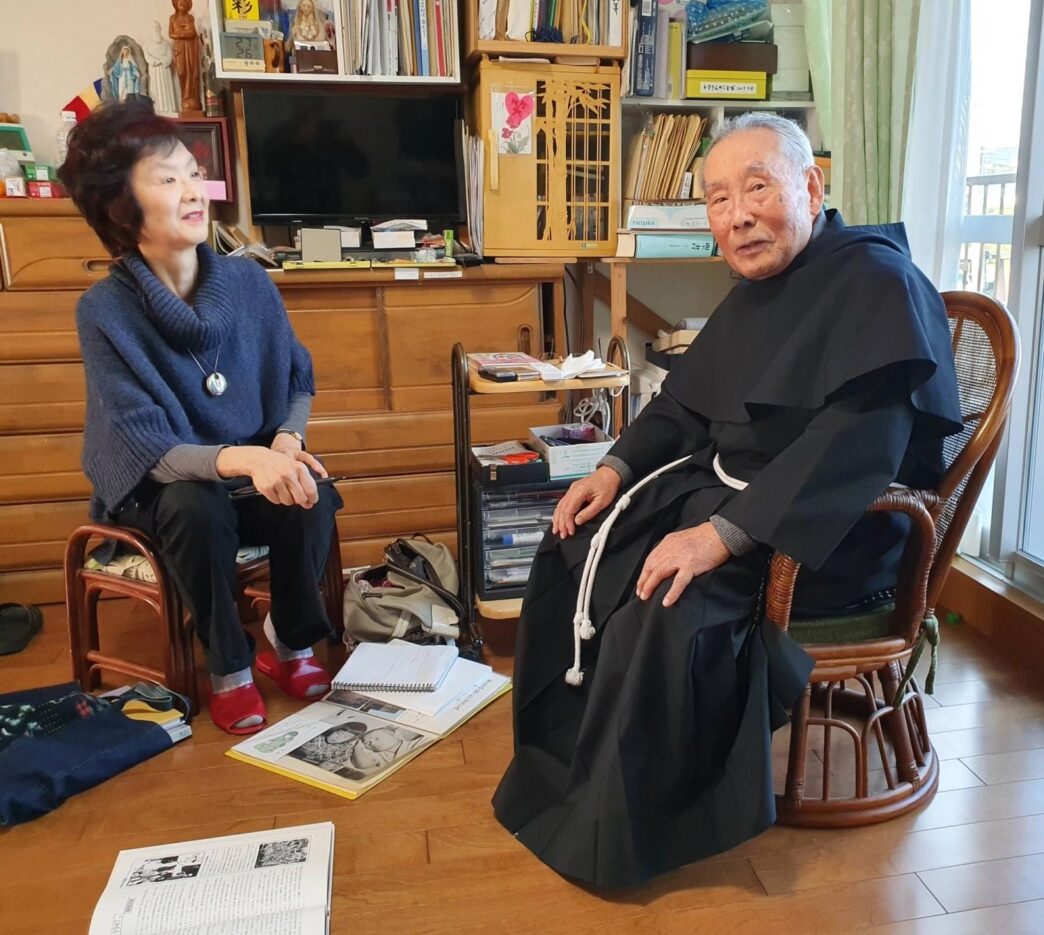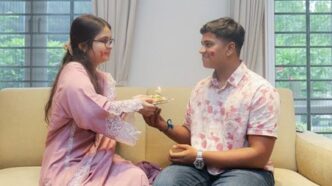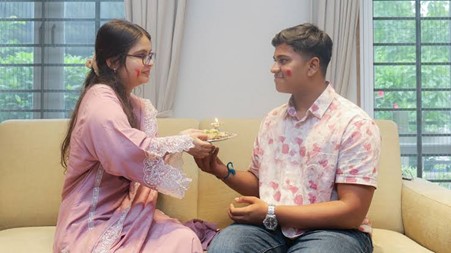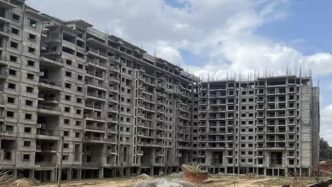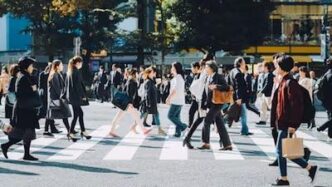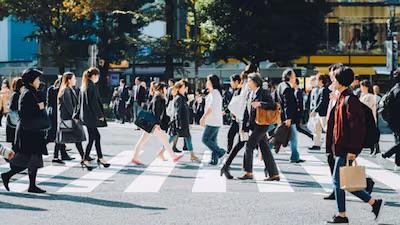
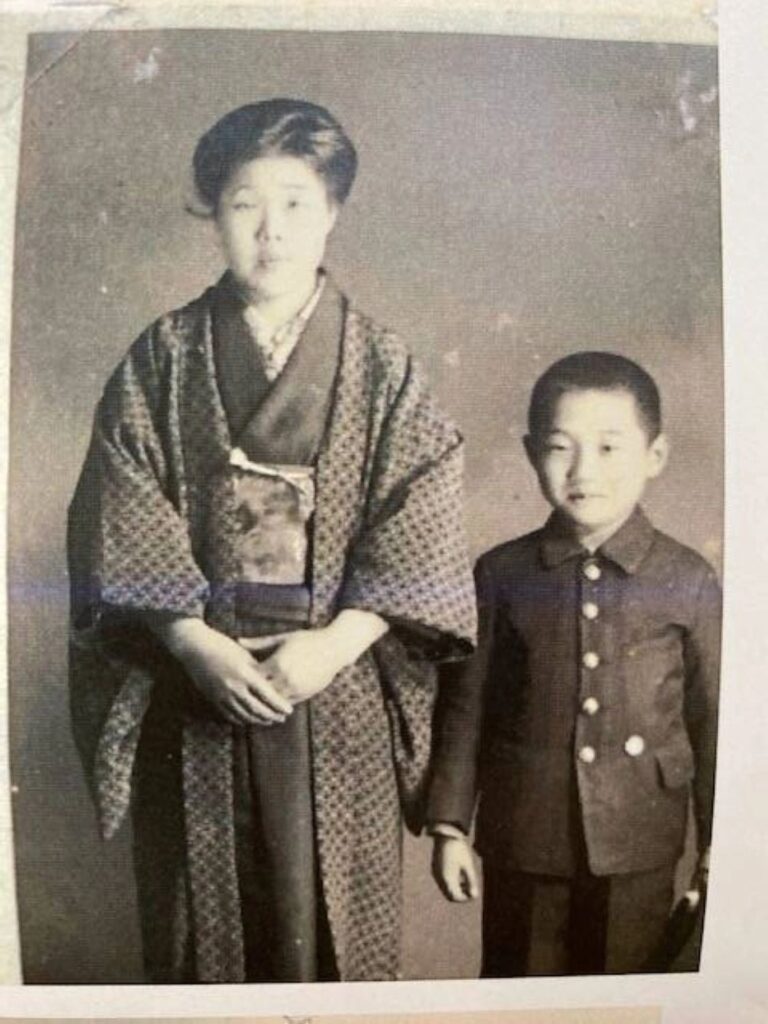
On the morning of August 9, 1945, 17-year-old Koichi Tagawa was working in an underground tunnel assembling airplane torpedoes when the world above him changed forever. At 11 a.m., the lights went out, an ear-splitting roar echoed, and a violent gust of wind shook the ground. Moments later, Koichi stepped outside to find Nagasaki obliterated.
Just hours earlier, the United States had dropped “Fat Man” — a 10,300-pound plutonium bomb — over the city. Around 74,000 people perished, including Koichi’s mother, Wasa. What Koichi saw and recorded in his pocket diary over the next two months would become rare, raw first-person testimony of the atomic bombing’s aftermath.
A City in Flames
Walking toward the Mitsubishi armaments factory with three colleagues, Koichi passed burning homes, bodies strewn across streets, and a taxi driver still seated in his charred vehicle. From a hillside, he looked toward his neighborhood in Urakami, home to Japan’s largest Christian community and its landmark cathedral. The entire district was ablaze; the cathedral had vanished. His own house was engulfed in fire.
Koichi’s last memory of his mother was that morning’s meager breakfast of soybeans and brown rice. Now, as he trudged through rubble and smoke, there was no trace of her — not even her body.
Survival Among the Dying
For days, Koichi wandered through apocalyptic scenes. At the Urakami River, dozens of burned bodies floated in the water. The living were barely distinguishable from the dead — scorched, crying weakly for water. Four hours after the blast, the city was still burning.
Joining relatives of a neighbor, Koichi took refuge on Mount Shiroyama. But safety could not protect them from radiation sickness. One by one, children and adults in the group began to lose their hair, develop purple blotches, and succumb to fever and diarrhea. Koichi personally cremated the bodies of young Kumiko, Rumiko, and Reiko, whispering apologies as he tended the pyres.
Faith Amid Despair
By mid-August, death had claimed most of the people Koichi had sheltered with. The war ended on August 15, but for him, the devastation was far from over. His diary entries in the weeks following expressed an overwhelming sense of loss, guilt, and hopelessness: “Without my mother, life is meaningless… All I see is endless destruction and death.”
Seeking purpose, Koichi visited the Franciscan friary built by Polish priest Maximilian Kolbe, who had left Japan in 1936. There, Koichi learned that Kolbe had died in Auschwitz in 1941 after offering his life to save another prisoner. Inspired by Kolbe’s selflessness, Koichi joined the monastery, took the name Tomei Ozaki, and dedicated himself to telling the story of Nagasaki.
A Lifetime of Witness
For decades, Ozaki traveled, wrote, and spoke as a kataribe — a survivor-storyteller — committed to warning the world about nuclear weapons. In his final years, he maintained a blog, repeating the same plea he had carried since 1945: “Such a horrendous scene should never recur… We who have survived nuclear hell would not want to die before witnessing a peaceful world without such arms.”
Koichi Tagawa — Tomei Ozaki — died in April 2021 at age 93. Though he never found his mother, those who knew his story believe she was with him at the end, along with the spirit of Father Kolbe.
